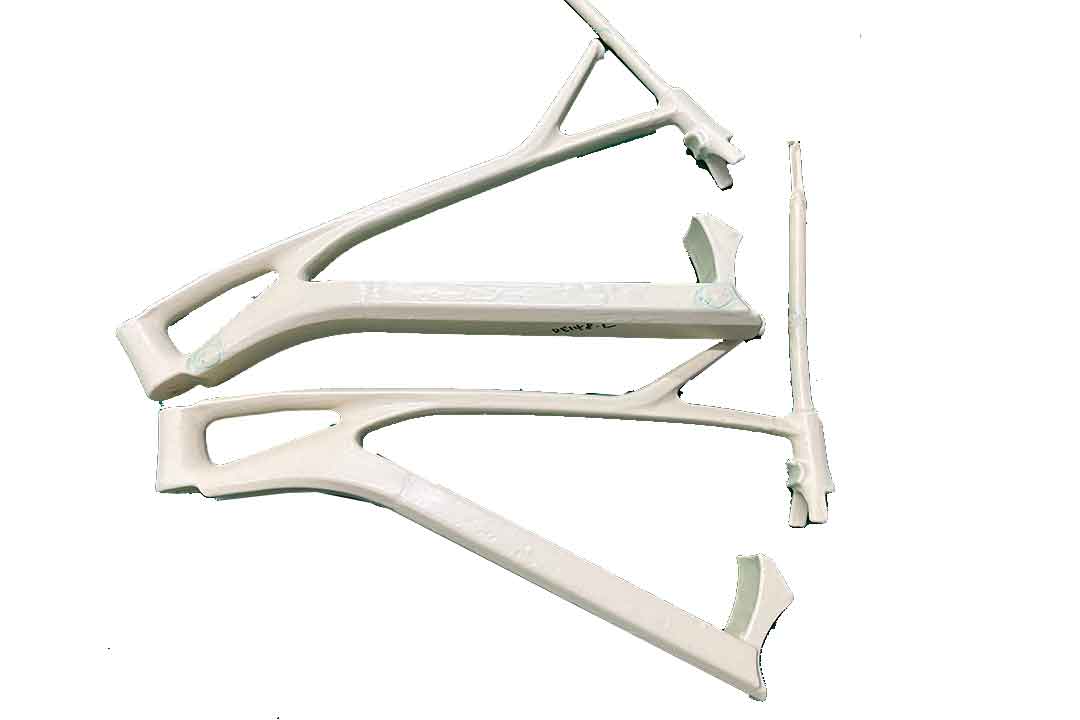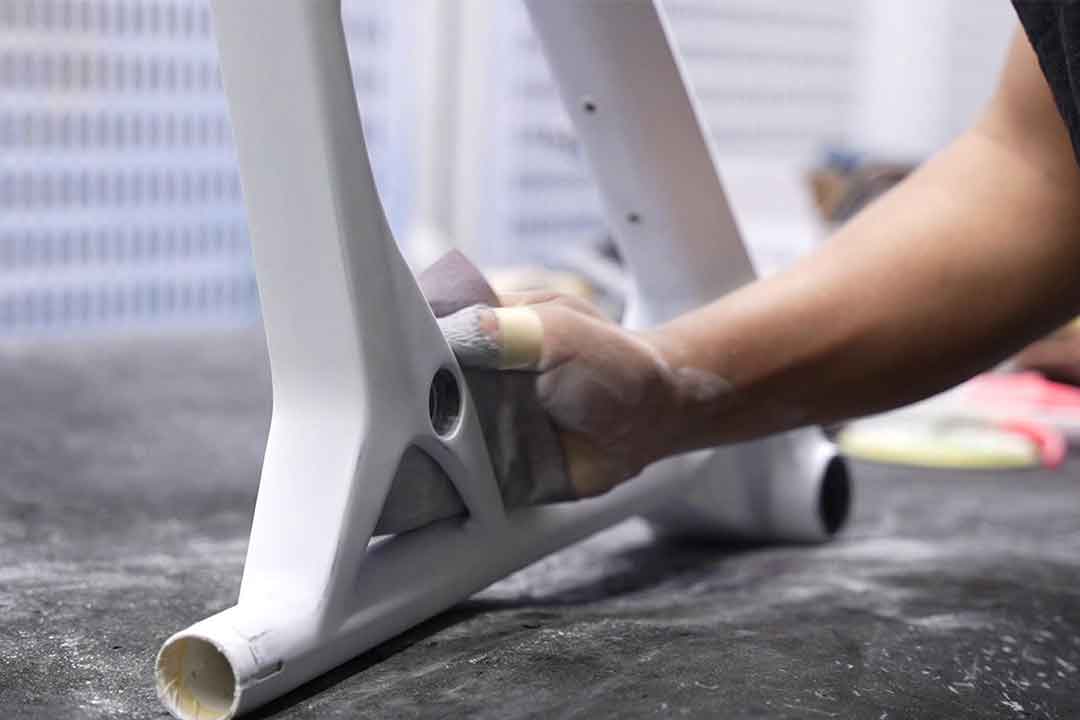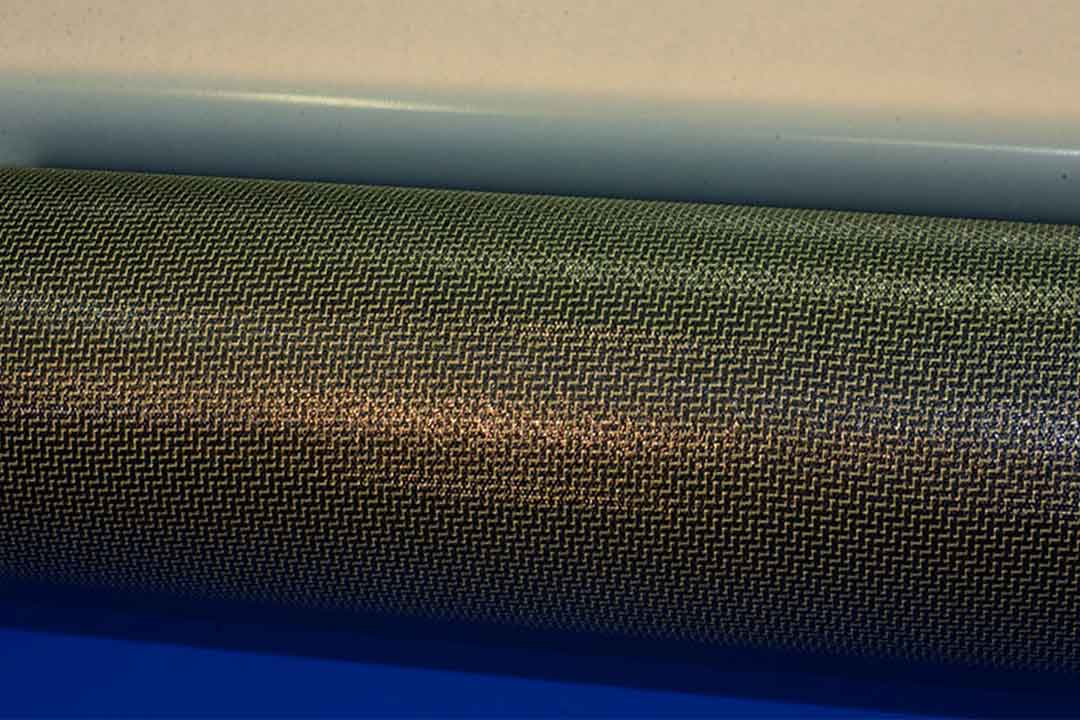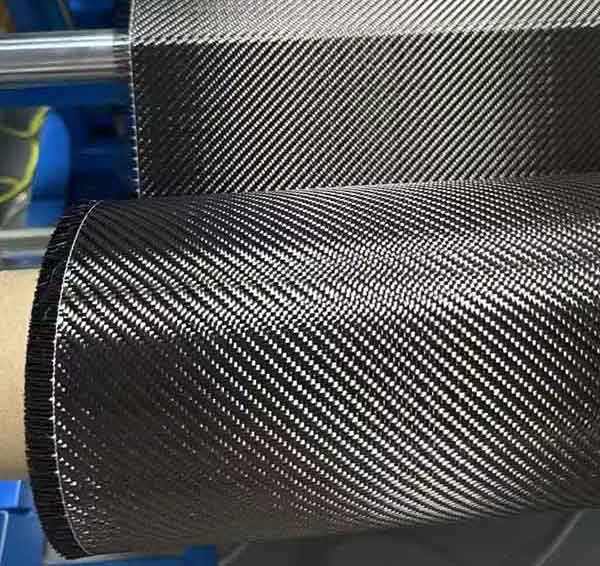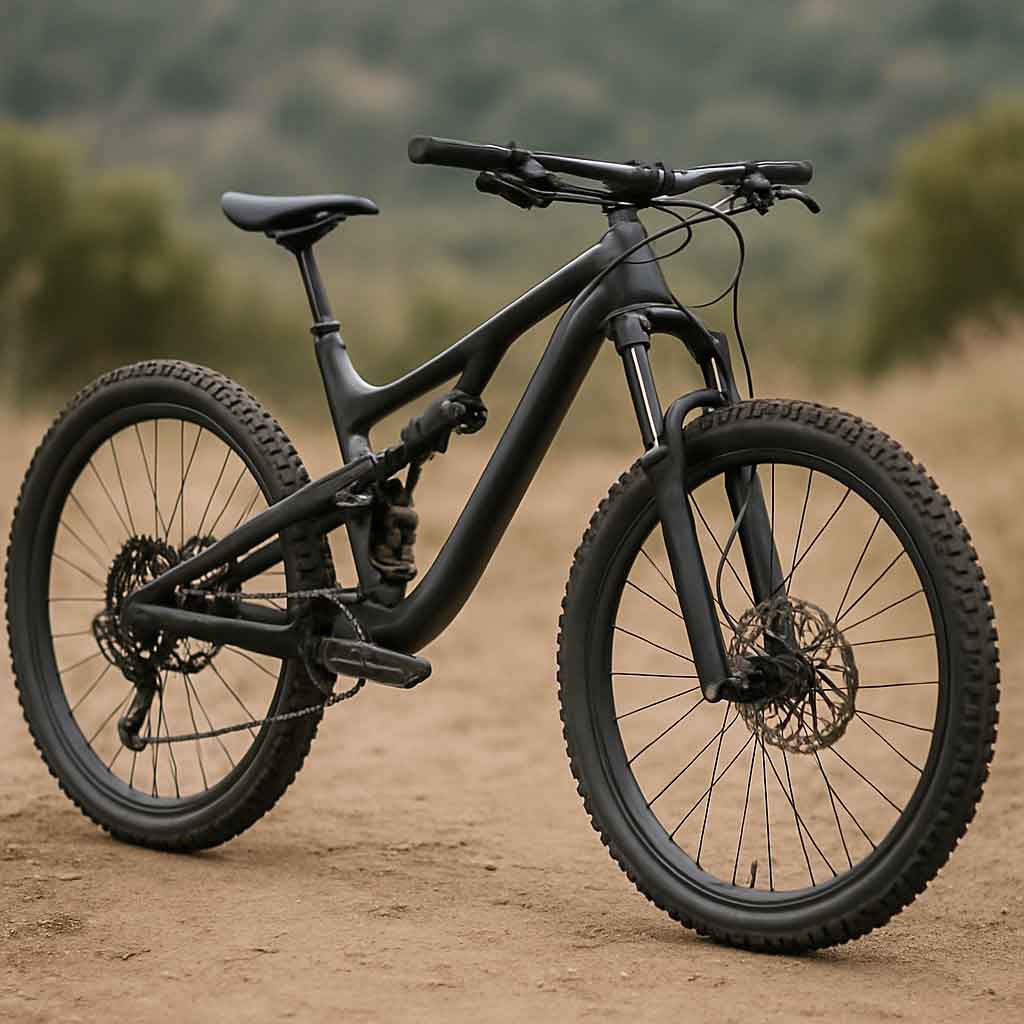Welcome to Mondince Bike - A well-known factory specialized in produce carbon bike frame and other parts since 2007.
Fixed Gear vs. Traditional Bikes: A Comparison
When choosing a bicycle, the decision between a fixed gear bike and a traditional bike can be a challenging one. Each type has its own benefits and drawbacks that cater to different types of cyclists. In this article, we'll explore the key differences between fixed gear and traditional bikes to help you determine which one best suits your cycling needs.
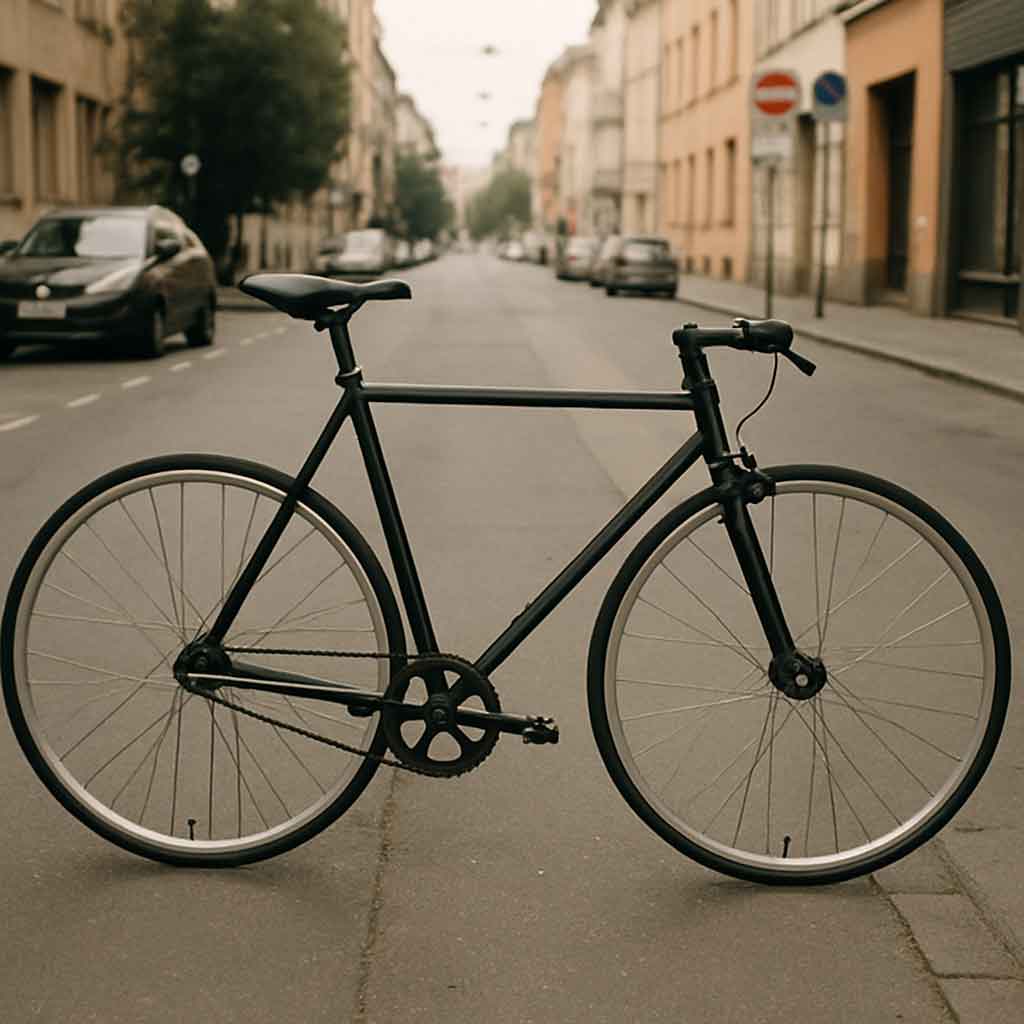
Fixed gear bikes, often referred to as "fixies," have gained popularity for their simplicity and unique riding experience. But what exactly sets them apart from traditional bikes?
What is a Fixed Gear Bike?
A fixed gear bike is a type of bicycle that has a drivetrain with no freewheel mechanism. This means that the pedals are directly connected to the movement of the rear wheel. When the wheel turns, the pedals turn with it, allowing cyclists to pedal forwards or backwards. This direct connection is one of the defining features of fixie bikes.
The Allure of Fixed Gear Style
Cycling enthusiasts often praise fixed gear bikes for their sleek and minimalist design. With fewer components, these bikes are generally lighter and require less maintenance. The "pure fix" style is a testament to this simplicity, often featuring a clean look with fewer parts. This style appeals to those who prefer a straightforward, no-frills cycling experience.
Advantages of Fixie Bikes
Simplicity and Low Maintenance
One of the major advantages of fixed gear bikes is their simplicity. With fewer moving parts, there's less that can go wrong. This translates to lower maintenance costs and fewer mechanical issues, making them an attractive option for urban commuters and those who want a reliable ride.
Improved Pedal Efficiency
Because the pedals are always engaged, cyclists can achieve a more efficient pedaling motion. This can be particularly beneficial for track cyclists and those looking to improve their pedal cadence.
Affordability
Fixed gear bikes are often more affordable than their geared counterparts. The absence of complex gearing systems and additional components reduces manufacturing costs, making them an economical choice for many riders.
Exploring Traditional Bikes

Traditional bikes, equipped with multiple gears, offer a different set of advantages that cater to a broader range of cycling activities.
What are Traditional Bikes?
Traditional bikes are equipped with a freewheel mechanism that allows the rider to coast without pedaling. They typically come with multiple gears, which can be adjusted to suit different terrains and riding conditions.
The Flexibility of Multi-Gear Systems
The standout feature of traditional bikes is their gearing system. With multiple speeds at your disposal, you can easily tackle steep hills, accelerate quickly, or maintain a comfortable pace on flat terrain.
Benefits of Traditional Bikes
Versatility for Various Terrains
Traditional bikes shine when it comes to versatility. The ability to switch gears allows riders to adapt to a wide range of terrains, making them suitable for both casual rides and more challenging cycling adventures.
Comfort and Control
With the option to coast, riders can enjoy a more relaxed ride when needed. This can be particularly beneficial on long-distance journeys where fatigue may set in.
Enhanced Performance
For those seeking speed and performance, traditional bikes provide the ability to optimize gear ratios for maximum efficiency. This makes them a preferred choice for competitive cyclists and those who prioritize speed.
Comparing Fixed Gear and Traditional Bikes
Now that we have a clear understanding of the characteristics of each bike type, let's compare them head-to-head.
Riding Experience
- Fixed Gear Bikes: Offer a more direct and connected riding experience. The constant pedal engagement can lead to a more intense workout and requires greater attention to riding technique.
- Traditional Bikes: Provide a more relaxed riding experience, with the ability to coast and switch gears for different conditions. This makes them ideal for leisurely rides and long-distance cycling.
Maintenance and Cost
- Fixed Gear Bikes: Generally require less maintenance due to fewer components. They are often more affordable upfront, with lower long-term maintenance costs.
- Traditional Bikes: May have higher initial costs due to the complexity of gearing systems. Maintenance can be more involved, but they offer greater adaptability.
Suitability and Use Cases
- Fixed Gear Bikes: Best suited for urban environments, short commutes, and track cycling. They appeal to those who enjoy a minimalist design and are comfortable with a more engaged riding style.
- Traditional Bikes: Ideal for a wide range of cycling activities, including commuting, touring, and competitive racing. They offer flexibility and comfort for riders of all skill levels.
Making Your Choice: Which Bike is Right for You?

by Hoyoun Lee (https://unsplash.com/@icedcocoa)
Choosing between a fixed gear and a traditional bike ultimately depends on your cycling goals and preferences.
Consider Your Riding Environment
If you primarily ride in urban areas with flat terrain, a fixed gear bike might be the perfect fit for its simplicity and maneuverability. However, if you frequently encounter hills or enjoy long-distance rides, a traditional bike's gears can make your journey more comfortable.
Assess Your Cycling Style
Your personal cycling style plays a crucial role in your decision. If you enjoy a more engaged and challenging ride, the fixed gear style offers a unique cycling experience. On the other hand, if you prefer versatility and comfort, a traditional bike's adaptability may be more appealing.
Evaluate Your Budget
Lastly, consider your budget. Fixed gear bikes can be a cost-effective choice for those looking to minimize expenses. However, if you're willing to invest more for the versatility of gears, a traditional bike may be worth the additional cost.
Conclusion
Both fixed gear and traditional bikes have their own unique advantages, and the choice between them is highly personal. Whether you choose the minimalist allure of a fixie bike or the versatile performance of a geared bicycle, both options offer enjoyable cycling experiences. By considering your environment, cycling style, and budget, you can confidently select the bike that best meets your needs.
Embrace the ride, whether it’s the straightforward thrill of a fixie or the adaptable journey on a traditional bike. Happy cycling!



